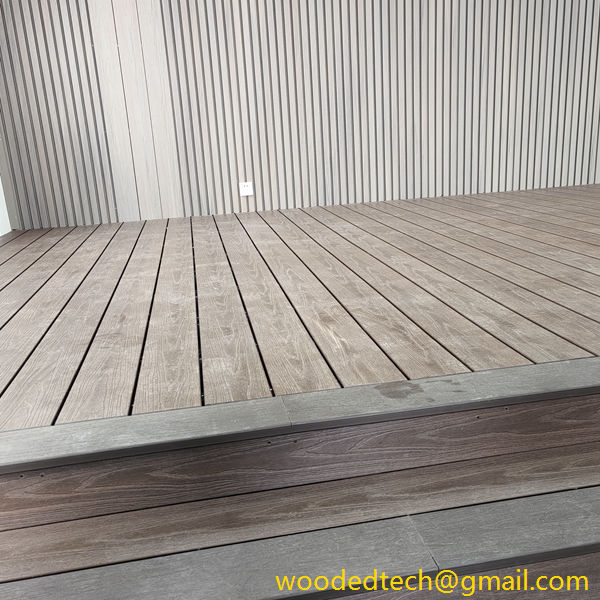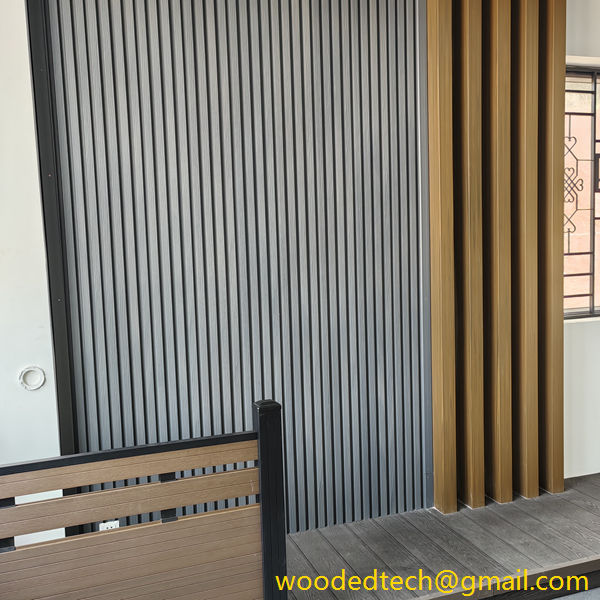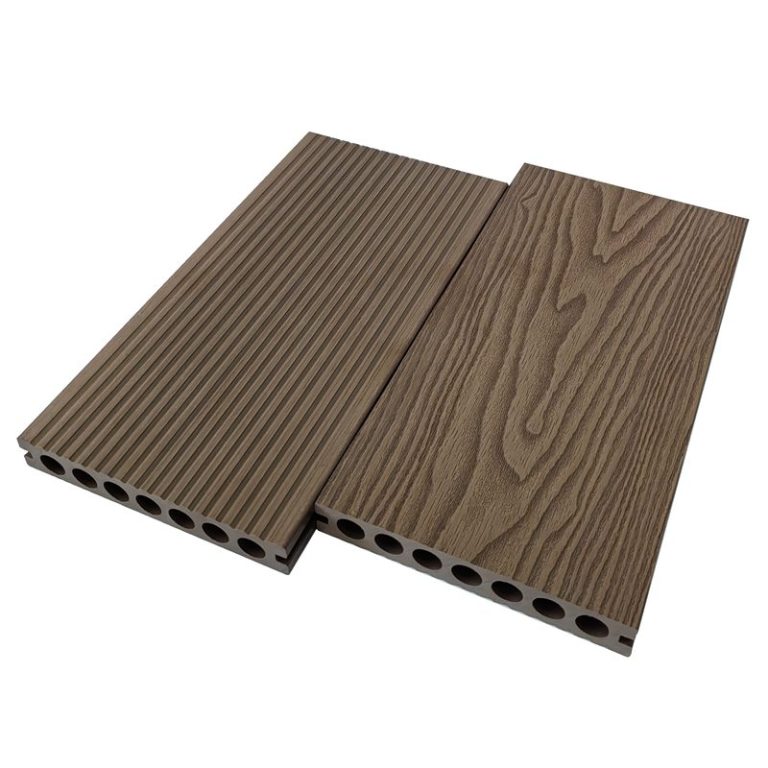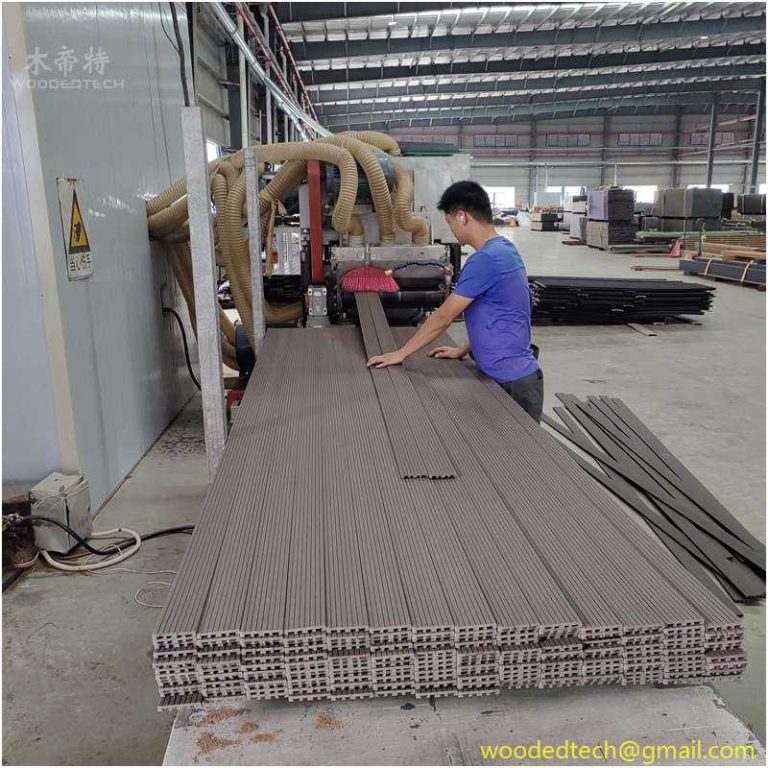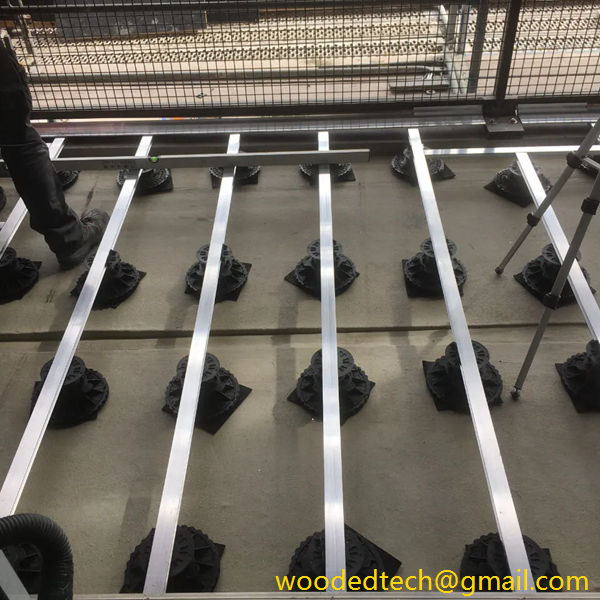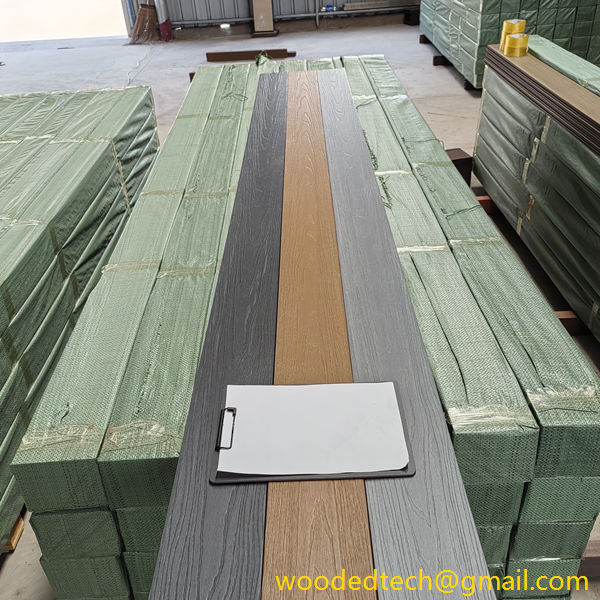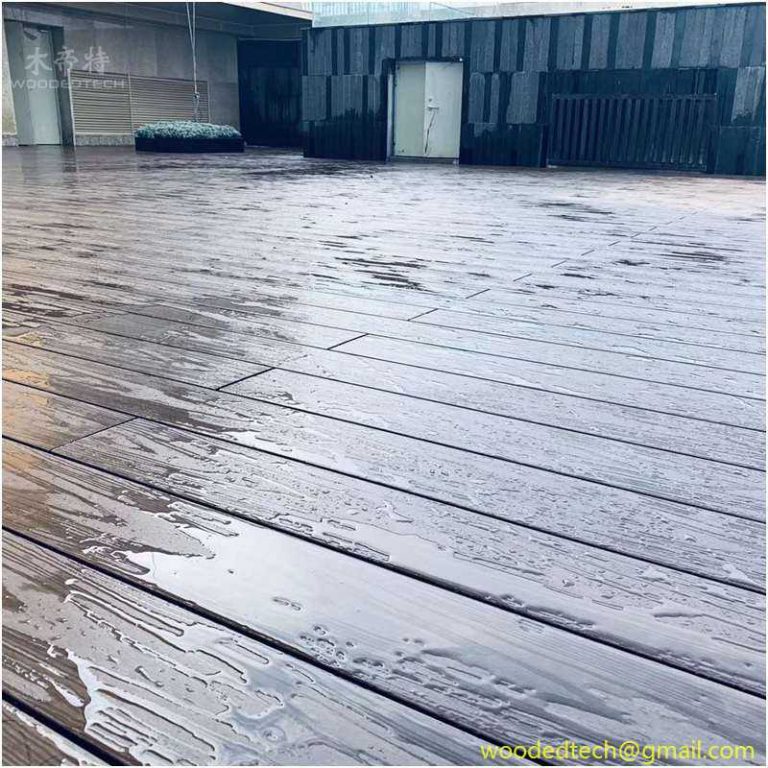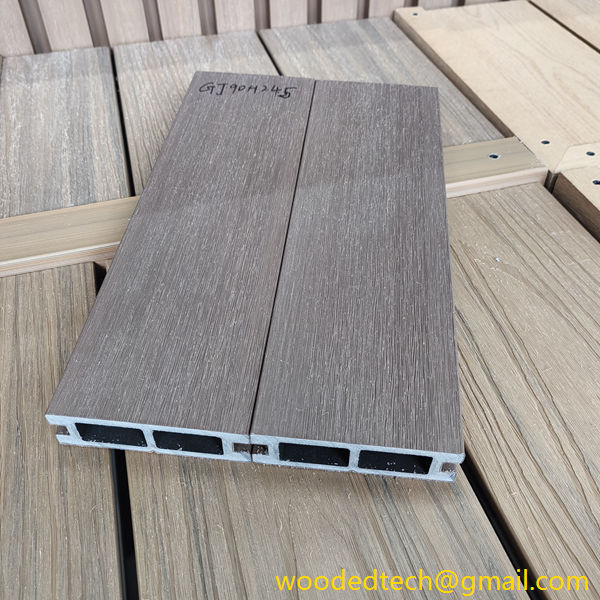Versatile Composite Wall Panel Options for Any Construction Project
Versatile Composite Wall Panel Options for Any Construction Project The construction industry has witnessed significant advancements in materials and techniques over the years, leading to the emergence of versatile composite wall panels. These panels have revolutionized the way structures are built, offering a range of benefits that cater to various construction needs. As global production…
Versatile Composite Wall Panel Options for Any Construction Project
The construction industry has witnessed significant advancements in materials and techniques over the years, leading to the emergence of versatile composite wall panels. These panels have revolutionized the way structures are built, offering a range of benefits that cater to various construction needs. As global production capacity for these materials expands, understanding the implications of this distribution on construction projects becomes increasingly important.
Composite wall panels are engineered products that combine two or more different materials to create a composite structure that possesses unique characteristics. Typically composed of an insulating foam core sandwiched between two structural facings, these panels offer a lightweight yet strong solution for both residential and commercial construction. Their versatility makes them suitable for a wide range of applications, including exterior walls, interior partitions, and even roofing systems.
One of the most significant advantages of composite wall panels is their energy efficiency. The insulated core provides excellent thermal performance, reducing the energy consumption of buildings by minimizing heat transfer. With rising energy costs and increasing awareness of environmental sustainability, many construction projects prioritize energy-efficient materials. As global production capacity for composite wall panels increases, the availability of high-performance insulation materials also rises, making it easier for builders to incorporate these panels into their designs.
The lightweight nature of composite wall panels also contributes to their appeal. Traditional building materials, such as concrete and brick, can be heavy and cumbersome, requiring additional labor and equipment for installation. In contrast, composite panels can often be lifted and placed with minimal effort, significantly reducing labor costs and construction time. This efficient installation process is particularly beneficial in regions where labor resources are limited or where projects must be completed rapidly.
Moreover, composite wall panels are highly customizable, allowing architects and designers to create unique aesthetics for their projects. Available in various colors, textures, and finishes, these panels can mimic the appearance of traditional materials while providing the advantages of modern technology. As global production capabilities expand, manufacturers are increasingly able to offer bespoke solutions, meeting specific design requirements and preferences. This level of customization can enhance the overall appeal of a construction project, making it more attractive to potential occupants or buyers.
The distribution of global production capacity for composite wall panels is a crucial factor in their accessibility. Major manufacturing hubs have emerged in regions such as North America, Europe, and Asia, driven by the increasing demand for efficient building materials. Countries with robust construction industries and a focus on sustainable practices are leading the way in the production of composite wall panels. As production capabilities continue to grow, the availability of these materials increases, enabling builders in various regions to leverage their benefits.
In addition to aesthetics and energy efficiency, composite wall panels offer excellent durability and low maintenance requirements. These panels are designed to withstand various environmental conditions, including moisture, UV exposure, and temperature fluctuations. This resilience reduces the need for frequent repairs or replacements, ultimately saving time and money for building owners. As global production capacity expands, manufacturers are also focusing on enhancing the durability of composite panels, ensuring that they meet the demands of diverse climates and applications.
Another significant factor in the global distribution of composite wall panels is the growing emphasis on sustainability. The construction industry is increasingly recognizing the importance of eco-friendly materials and practices. Composite wall panels can contribute to sustainable building practices by reducing waste during installation and minimizing energy consumption throughout the building’s lifecycle. As production capabilities expand, manufacturers are also exploring the use of recycled materials in their panels, further enhancing their environmental credentials.
Moreover, the global supply chain for composite wall panels is becoming more interconnected. As manufacturers establish partnerships with suppliers and distributors across different regions, the availability of these materials improves. This interconnectedness allows construction projects to source high-quality composite panels from various locations, ensuring that builders can obtain the right materials for their specific needs. It also fosters competition among manufacturers, leading to innovations in design and performance.
However, the growing global production capacity also presents challenges for the composite wall panel market. As more players enter the industry, there is a risk of quality discrepancies among different manufacturers. Builders must be diligent in selecting reputable suppliers to ensure that they receive panels that meet safety standards and performance expectations. Additionally, the expansion of production capabilities can lead to market saturation, potentially driving prices down and affecting profitability for manufacturers.
In conclusion, versatile composite wall panels have become a popular choice for construction projects due to their energy efficiency, lightweight nature, customization options, durability, and sustainability. The expansion of global production capacity for these materials enhances accessibility and supports the growing demand for innovative building solutions. As the industry continues to evolve, builders and architects must stay informed about the latest advancements in composite wall panel technology and production to maximize the benefits of these materials for their construction projects. By embracing these versatile options, construction professionals can contribute to a more sustainable and efficient built environment.

